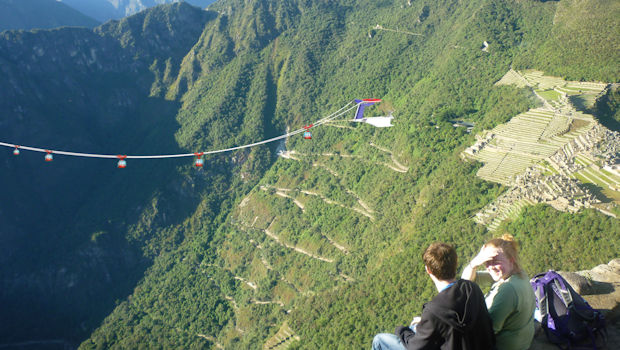
Why the Machu Picchu Cable Car proposal should be rejected
[Originally published December 4, 2018]
“Machu Picchu: Up to four companies are interested in building cable car system to citadel.” That’s the headline in today’s edition of Gestion, Peru’s equivalent of the Wall Street Journal. This ill-conceived plan for a Cable Car to Machu Picchu is actually the resurrection of an already rejected eye-sore of an idea. But it’s gaining steam.
Darwin Baca, the mayor-elect of the Municipality of MachuPicchu Pueblo (formally known as Aguas Calientes, the bustling town in the gorge below Machu Picchu), tells Gestion that next month when he assumes office, he will take up his predecessor’s campaign to build this aerial tramway.
“The people demand a cable car to the Inca citadel,” Baca said, “and it will be one of the first things that I will start with in January 2019.”
He said he trusts the proposed $68-million project has the support of Peru’s central government, including the ministries of Culture and Foreign Trade and Tourism.
It doesn’t.
The Ministry of Culture issued a widely reported statement in June, saying this cable car project was already definitively ruled out by the United Nations Educational, Scientific And Cultural Organization (UNESCO) and is not contemplated in the approved 2015-2019 Master Plan for the Inca sanctuary.
In spite of that, the Municipality of MachuPicchu Pueblo has defiantly pressed on. The outgoing mayor, David Gayoso, has sponsored community workshops touting “the characteristics of the project” and the tourism and economic development it would generate “in favor of the inhabitants of the district.” He has also questioned the authority of Peru’s central government and UNESCO.
“There will surely be resistance,” Gayoso told Portal de Turismo, the Web trade publication of Peru’s National Chamber of Tourism.
“Unfortunately, things are not being handled in the country with a sense of social responsibility,” Gayoso said. “We believe that there are other interests that want to take over this type of project, through lobbies and behind our population’s back.”
More unfortunately, a large portion Peru’s tourism sector is lining up in support of ramming through this project in time for Peru’s Bicentennial celebration in July 2021.
“With a cable car system expected to reduce traveling time to the archaeological site and lower the visit’s cost, domestic tourists will flock to the Machu Picchu citadel,” exclaimed Ricardo Acosta, president of the Peruvian Association of Travel and Tourism Agencies (Apavit).
Carlos Canales, president of the National Chamber of Tourism, told Gestion that at least four companies are vying to bid on the construction project to erect a Machu Picchu cable car system from Aguas Calientes, including the French builder Pomagalski S.A., which built the cable-driven gondolas at Kuélap.
As for UNESCO’s objections to cable cars at Machu Picchu, “That information is not true,” Canales claimed.
“What UNESCO said is that two access transport systems can not compete in the same place,” he contended. “Ideally the cable cars would replace the shuttle buses (and) they requested to know the management tools that determined that cable cars were the best option.”
With all due respect to Carlos Canales, that has never been UNESCO’s position, at least with respect to this particular plan, which is exactly the same one that Peru approved in 1998, before UNESCO nixed it outright.
UNESCO’s 1999 mission to the citadel wrote: “It should be recalled that the inscription of the Sanctuary on the World Heritage List in 1983 was based on both cultural and natural criteria.”
“Therefore, the need to preserve the cultural and natural values as expressed in the inscription criteria, the authenticity and the integrity of the site and its surrounding landscape needs to be the guiding principle in the assessment of the cable car system.”
As that mission noted, a cable car system from Aguas Calientes would be grossly visible “from practically every location within the Ciudadela and all along the Camino Inca between the Ciudadela and the site of Intipunku.”
“As a conclusion, the mission recommends that no new constructions or infrastructure is introduced in the area,” the UNESCO mission wrote, “and that on the contrary, a reorganization and reduction of functions and facilities should be pursued.”
Now, to be fair to Canales, he did mention an alternative plan backed by the Chamber of Tourism of Cusco and, more importantly, the Ministry of Culture’s decentralized management office in Cusco.
That plan involves a rail car system accessible from the neighboring town of Santa Teresa. It would start near the Mandor Waterfall, behind the horseshoe bend of the Vilcanota River. It would neither be visible from the the Inca Trail, nor the Intipunku sun gate, nor the heights of Huayna Picchu, nor anywhere else within the Inca citadel.
Canales also is quoted saying, rightly, “It is up to the Ministry of Culture and Sernanp (Peru’s National Service for Natural Protected Areas) to determine if there is a green light for the development of the cable cars.”
A study commissioned by the Ministry of Foreign Trade and Tourism to determine which would be the best route is due out this month, he added, “but this document will not be binding.”
This statement also is correct. It wouldn’t be binding, especially if it recommends a cable car project to Machu Picchu that is opposed by the Ministry of Culture and Sernanp, and which has already been plainly rejected by UNESCO!
So, here is what’s going on.
In 1999, UNESCO quietly threatened to add Machu Picchu to the endangered sites list if Peru went ahead with the cable car project. At the time, Consettur Machupicchu S.A.C. — comprised of nine local transport companies — had recently won the monopolistic concession to shuttle tourists to Machu Picchu from Aguas Calientes. Not surprisingly, back then the companies were dead set against a cable car system cutting into their business.
Fast forward two decades to the present. The days of buses shuttling visitors up and down the switchback Hiram Bingham “highway” are numbered. After a series of landslides, studies commissioned by Sernanp and the bus concessionaire Consettur, itself, concluded the road, built in 1948, is near the point of permanent collapse.
With the Hiram Bingham highway ready for decommission, the local transport companies that comprise Consettur want to make sure they’re not left out of the picture. In fact, they stand to make tens of millions of dollars under their plan to position themselves as primary investors in a new aerial mode of transport to Machu Picchu.
Consettur has been under fire for years for the questionable circumstances under which it claimed a 30-year concession, granted in August 1995 after then-President Alberto Fujimori fast-tracked the privatization of tourism concessions and removed oversight and controls to help re-ignite Peru’s economy.
We believe that Machu Picchu’s preservation should trump the economic ambitions of an elite political class in the Municipality of MachuPicchu Pueblo and Consettur. Stick to the Master Plan.
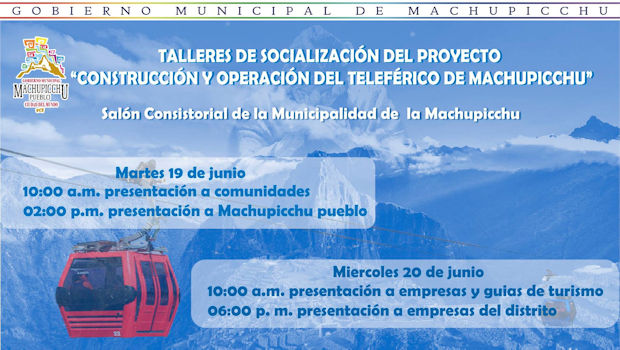
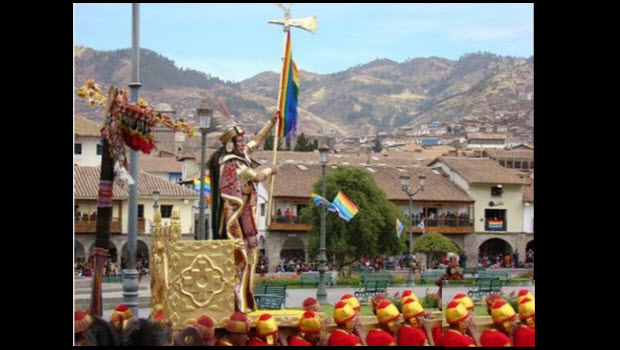 Book your Cusco trip featuring the Inti Raymi Festival
Book your Cusco trip featuring the Inti Raymi Festival 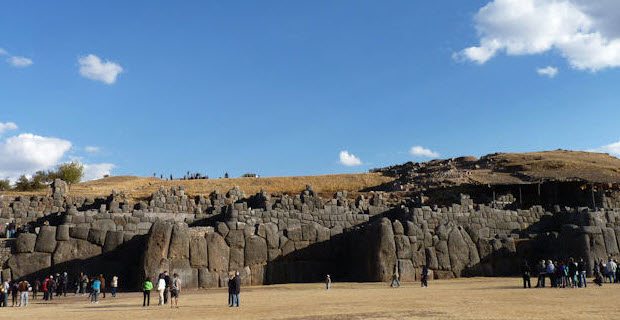 The virtual reality of Inca architecture: Sacsayhuaman
The virtual reality of Inca architecture: Sacsayhuaman 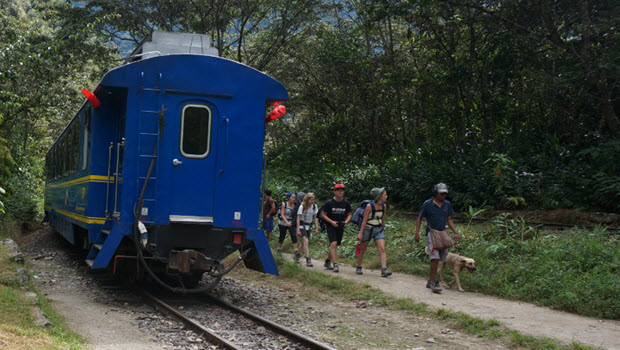 Regulating the back door entrance to Machu Picchu
Regulating the back door entrance to Machu Picchu 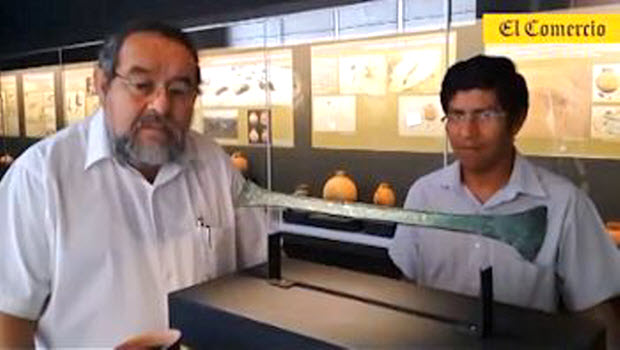 Free exhibit of ancient artifacts from El Chorro tombs
Free exhibit of ancient artifacts from El Chorro tombs 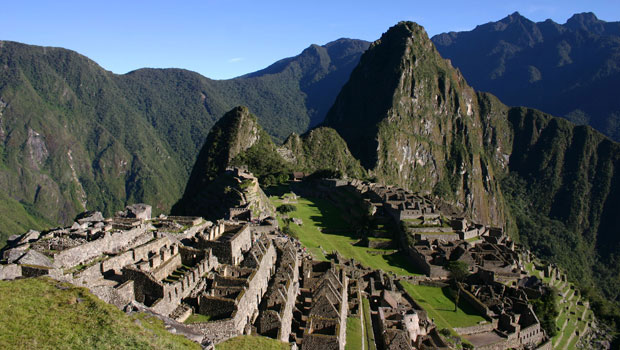 Mandatory tour guides and fixed routes coming soon for Machu Picchu
Mandatory tour guides and fixed routes coming soon for Machu Picchu 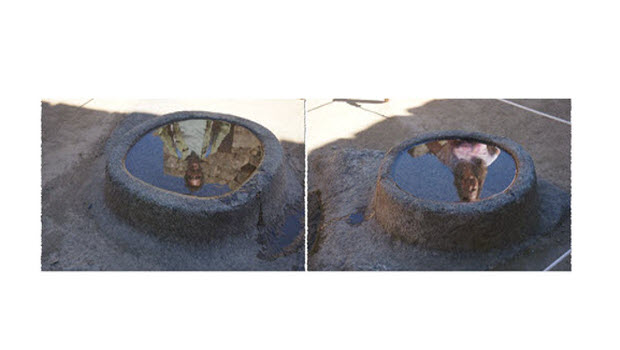 See yourself in the star mirrors of Machu Picchu
See yourself in the star mirrors of Machu Picchu 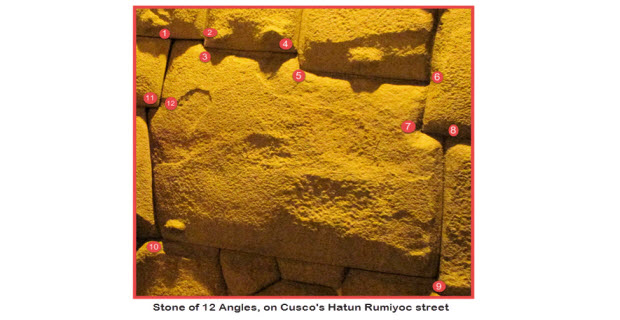 Famous 12 angle Inca stone topped but not overshadowed by 13 angle stone
Famous 12 angle Inca stone topped but not overshadowed by 13 angle stone 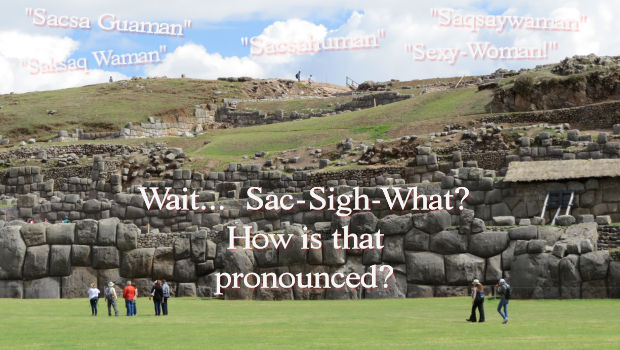 How to pronounce the name of that awesome ruins above Cusco
How to pronounce the name of that awesome ruins above Cusco